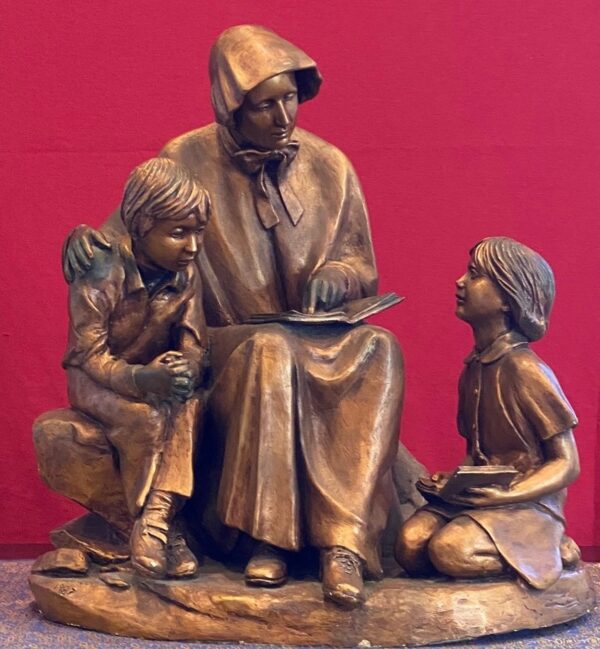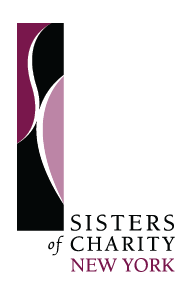
(In recognition of National Catholic Schools Week we invite you to read “Elizabeth Seton – Educator” by Sr. Mary E. Mc Cormick, originally published in the 2018 Autumn edition of Vision.)
What exactly was Saint Elizabeth Seton’s first school like? How was St. Joseph’s Academy organized? What textbooks were used? What about discipline? How much religion was taught?
Thanks to biographer Annabelle Melville, we have some answers to these questions, as well as some understanding of the role Elizabeth Seton played as a pioneer of Catholic School education in the United States.
One insight into Elizabeth’s school comes from a letter she wrote to her friend Eliza Sadler: “The days passed in quiet and order, and the little head-mistress went about with her manner of looking upon twenty people in a room with affection… showing an interest in all, and a concern for their concerns.”
How Was the School Organized?
Mother Seton was head of school, overseeing every aspect. Sister Kitty Mullen, the Sister in charge of discipline, preserved good order during class and recreation periods, and was responsible for decorum when the girls went abroad as a group. Mother Seton was informed in weekly reports of any “capital fault.” There were four other Sister Mistresses of Education who taught the major subjects.
What Textbooks Were Used?
The expense account for the school’s first year shows that catechisms, spellers, and grammars were the three chief texts purchased. As the school grew, and it grew by leaps and bounds, the curriculum expanded. The principal subjects were reading, grammar, geography, arithmetic, music, and needlework. The languages of French, Spanish, and Italian were offered as electives.
What Was the Schedule of the Day?
Because for the most part the students were boarders, the routine of the school day varied very little over the course of the school year. They rose at 5:45 am and were allowed a half hour to dress. Prayers, Mass, and study took place before breakfast at 7:30 am. Classes began at 8:00 and continued until 11:30, when “beads took place.” From dinner until 3:00 pm the students enjoyed a recreation period. Classes were then resumed, interrupted by a brief period of recreation, until 7:00 pm, when the evening meal was served. After supper one of the older girls read from a spiritual book, which was explained by Mother Seton or one of the girls. The older girls could then study until retirement.
Were There Rewards? First Honors? Demerits? Plan Books? Teacher Observations?
Teachers at St. Joseph’s were expected to make daily notes on the achievements of their pupils. One “bad point” had to be remedied by two “good points” by the end of each month. Mother Seton visited each class once a month to make suggestions to both teachers and pupils. Medals and certificates were used as rewards and the top six girls were also given books as special rewards.
How Much Religion Was Taught?
Not only was religion taught, but periods of prayer were interspersed throughout the day. It is a matter of record that after the girls left the peace and tranquility of St. Joseph’s, they often wrote to Mother Seton expressing gratitude for their formation and stating that the habit of prayer and recollection accompanied them throughout their lives.
(Adapted from Elizabeth Bayley Seton, by Annabelle M. Melville. Sculpture by Margaret Beaudette, SC.)
